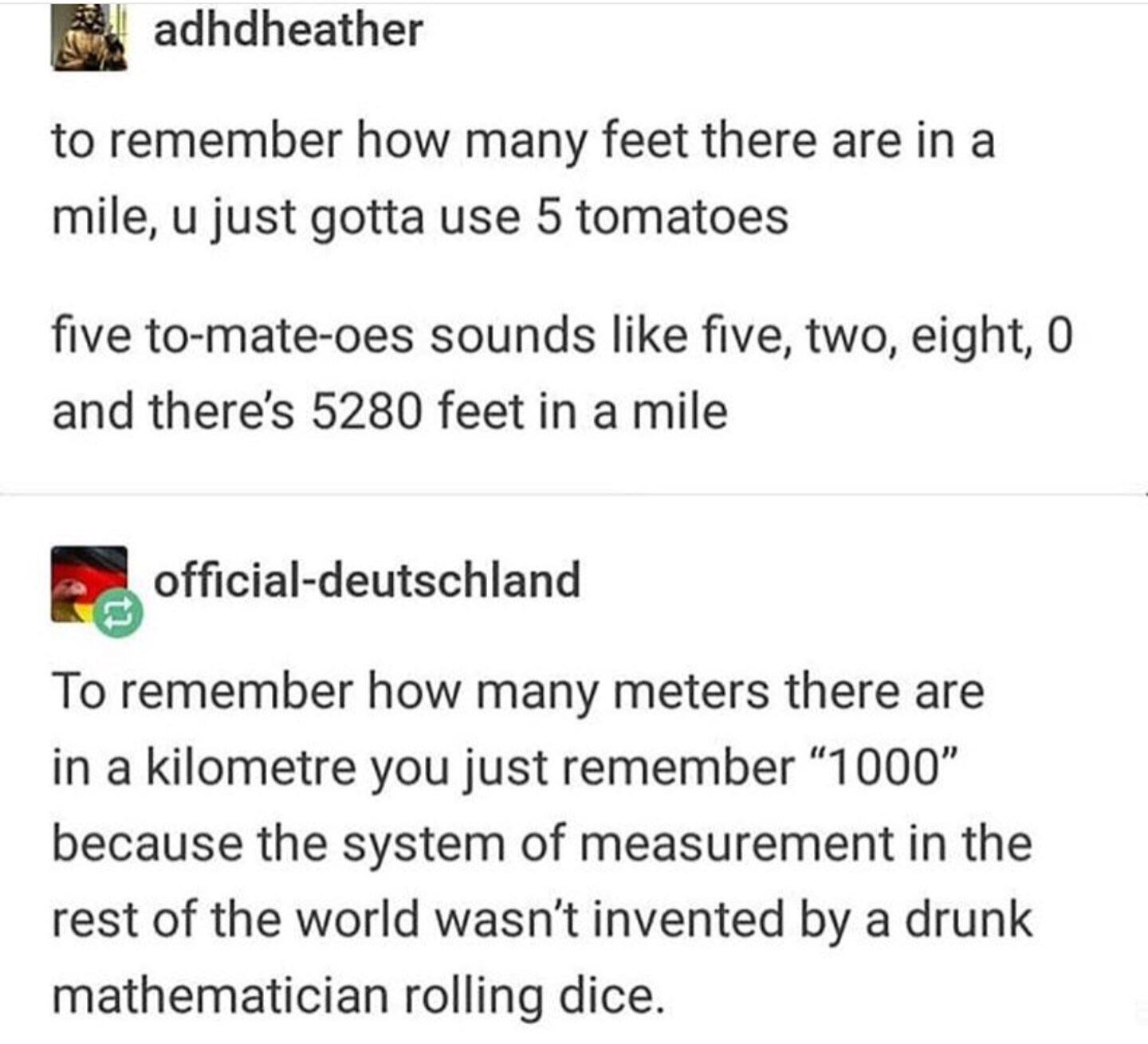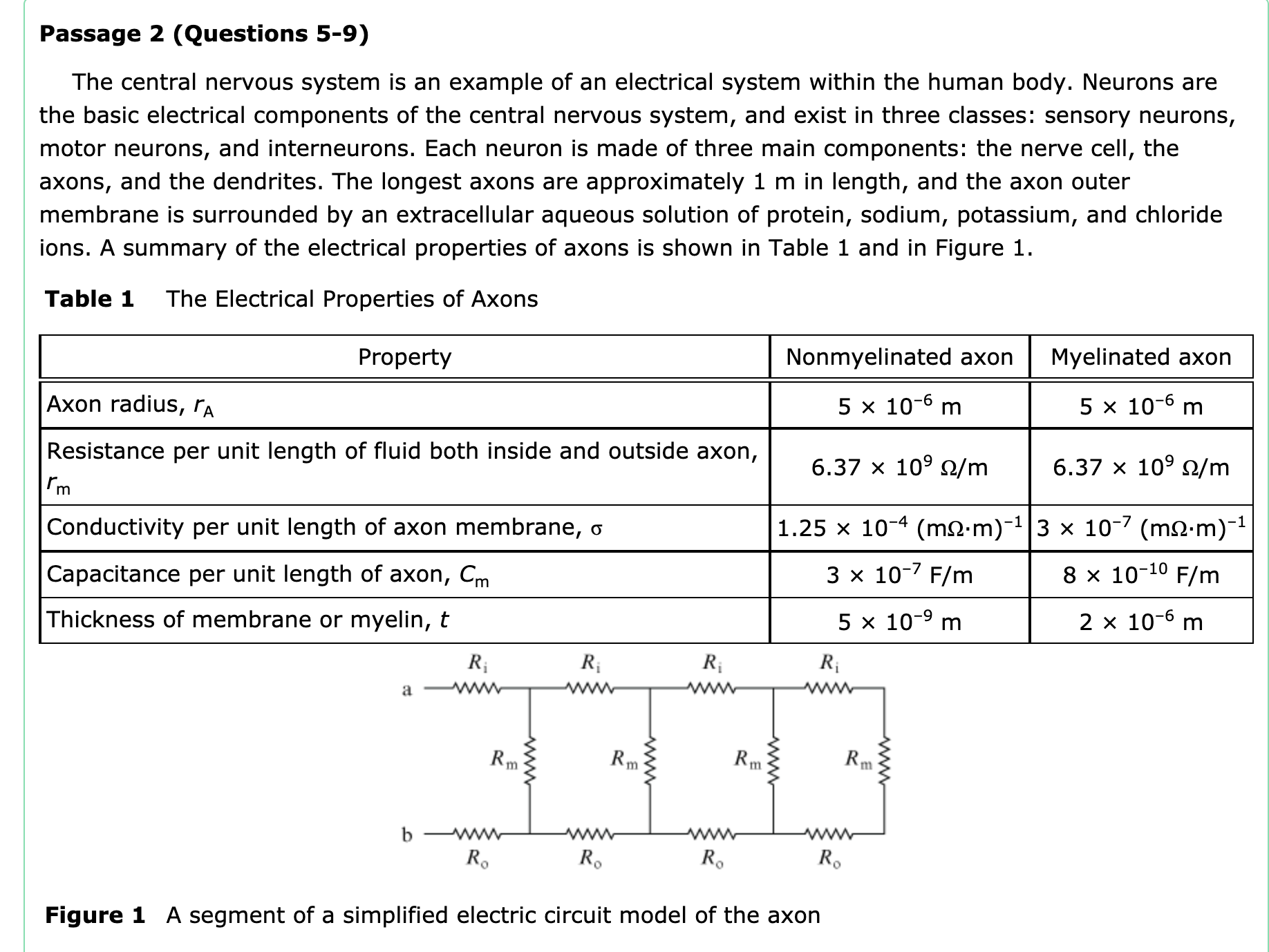Okay, so I got this itch to try messing around on the 10-meter and 6-meter bands again. It had been a while, and folks were chatting about some interesting openings happening, especially on 6 meters, you know, the ‘magic band’ as they sometimes call it. My existing setup wasn’t really cut out for those frequencies, mostly geared towards the lower bands.

So, the first hurdle was the antenna. I didn’t have anything specific for 10 or 6. Looked around online, saw some fancy stuff, but nah, wanted to keep it simple and cheap. Figured I’d just try building a couple of basic wire dipoles. How hard could it be, right? Just some wire cut to the right length.
Scrounging for Parts
Dug through the workshop and the garage. You know how it is, saving bits and pieces for a rainy day. Found what I needed, more or less:
- A spool of copper wire, maybe 14 gauge? Looked okay.
- Some leftover coaxial cable, RG-8X type. Better than nothing.
- An old plastic chopping board, perfect for making insulators.
- Some nylon rope and electrical tape.
Got my tools out: wire cutters, stripper, soldering iron, the usual stuff.
Putting It Together
Started with the 10-meter antenna. Did the math, figured out the length for each leg of the dipole. Measured the wire carefully – measure twice, cut once, still managed to almost mess it up. Cut the wire. Then I hacked up the plastic chopping board to make a center insulator piece. Drilled some holes for the wire and the coax connection. Stripped the end of the coax, separated the center conductor and the shield braid. Soldered one leg of the dipole wire to the center pin feed and the other leg to the shield feed point I made on my makeshift insulator. Wrapped everything generously with electrical tape to keep the weather out. Didn’t look pretty, but felt solid.
Repeated the process for the 6-meter dipole. Same steps, just different wire lengths based on the frequency. This one was smaller, felt a bit easier to handle.

The Fun Part: Hoisting Them Up
Now I had to get these things up in the air. Picked a spot for the 10-meter dipole, running it between a sturdy tree branch and the side of the garage. Getting the rope over the branch took a few tries and some creative tossing. Finally got it pulled up, trying to keep it relatively straight and clear of obstructions. It sagged a bit, but hey, it was up.
The 6-meter dipole was simpler. Used a lightweight telescoping fiberglass pole I had lying around. Just taped the center insulator near the top, extended the pole, and propped it up against the fence, running the coax back to the house. Not ideal, but quick and easy for testing.
Checking and Listening
Connected the feedline for the 10-meter antenna first. Hooked up my SWR meter. Turned the radio on low power. Checked the standing wave ratio across the band. It wasn’t perfect, maybe around 1.8:1 in the part of the band I was interested in. Good enough to listen, maybe needed a bit of tuning later by trimming the ends.
Swapped over to the 6-meter antenna. Checked its SWR. This one was a bit higher, closer to 2.5:1. Probably needed more adjustment, maybe the height or position wasn’t great. But again, good enough to see if I could hear anything.
Spent some time just listening. 10 meters was pretty quiet that afternoon, just some faint static crashes. Switched to 6 meters. Listened for a good half hour. Mostly silence. Then, suddenly, heard a clear voice calling CQ! Someone local, just a few towns over. Fiddled with the radio dials. Heard a couple more signals pop up, further away this time. Didn’t try transmitting much yet, just wanted to see if my homemade wires were actually receiving anything.

And they were! It wasn’t like the bands were wide open with signals wall-to-wall, but hearing anything on antennas I literally threw together from scraps felt like a win. It’s satisfying, you know? Taking junk and making it do something. Still got tweaking to do, maybe rebuild that center insulator properly, adjust the lengths. But that’s the process. Always something to tinker with. That’s what keeps it interesting for me.
